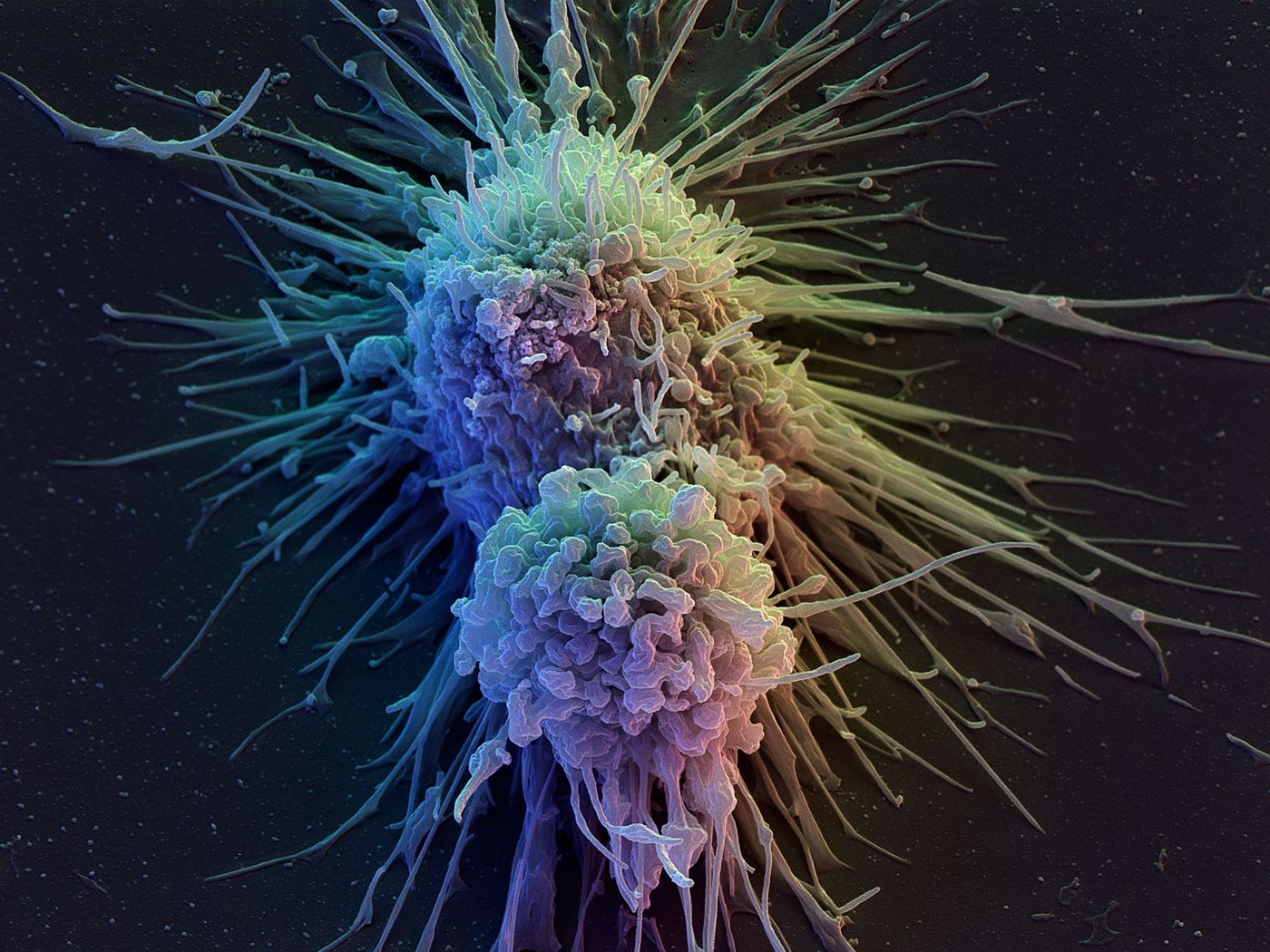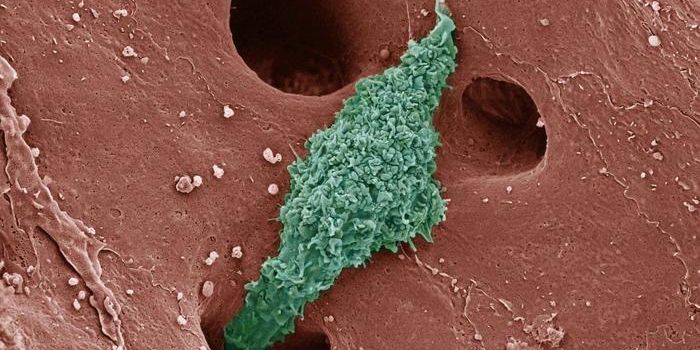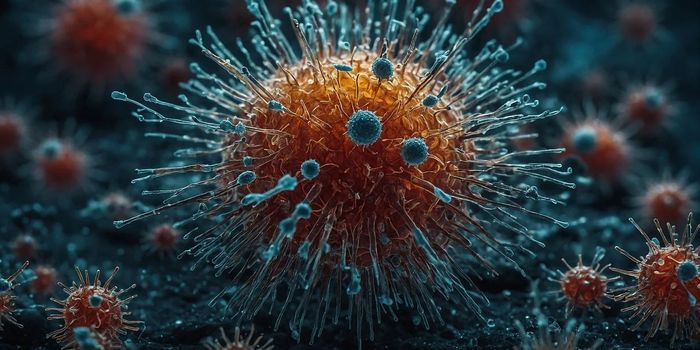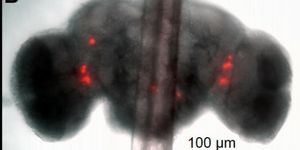Two proteins serve as internal clocks for immune cells, a new system of regulation that defies most of what scientists thought they knew about immune control. From the Walter and Eliza Hall Institute, researchers break down their findings and begin to explain how they could be at the root of cancer development.
When immune cells called T cells are activated, it’s pretty safe to say that an infection is nigh. The first step following activation is division, where one T cell can produce an army of progeny cells to expand the population. While boosting the number of troops that are free to fight infection is healthy in a way, the immune system also has to incorporate a regulatory system to ensure the cells don’t divide uncontrollably, which can lead to cancer. This is where the first internal clock for T cells comes into play.
Myc, a protein long known to be related to cancer growth, was fun in the study to regulate how long T cells divide after being activated. For example, in theory, one T cells receives a certain amount of Myc protein upon activation, and the T cell and its progeny can only divide for as long as their stores of Myc protein remain. But once Myc runs out, like the grains of sand from a board game timer, T cells stop dividing.
After activation and division, T cells enter the bloodstream to find, target, and kill whatever pathogen is attacking the body. If there was not a regulatory system in place to bring the troops back from war once the threat was extinguished, an excessive immune response could ensue, as is seen in many cases of autoimmune disease. However, thanks to the second internal clock governed by Bcl-2 protein, T cells’ lifespans are limited.
“When this time runs out, the cells die whether or not they’ve come to the end of their division clock,” said study co-leader Phil Hodgkin, PhD, of Bcl-2 regulation.
Bcl-2, just like Myc, has long been associated with the development of cancer, and the results from this study expand further on how this might be. “Mutation-driven changes in healthy immune responses could lead to immune cell cancers such as leukaemia and lymphoma," explained study co-leader Dr. Susanne Heinzel.
And small changes in protein concentration can make a big difference. “The two clocks are an elegant way that our body governs how many responder cells are produced in an immune response, and how long they are retained," Heinzel said. "Small changes in each clock combined to substantially alter immune cell numbers.”
There’s much more to learn about the factors regulating T cell activity, and Myc and Bcl-2 are certainly not the only players to consider. However, going forward, the results from this study could help explain causation behind some cases of cancer, by identifying molecular errors that occur in T cells’ internal clocks.
The present study was published in the journal
Nature Immunology.
Source:
Walter and Eliza Hall Institute









